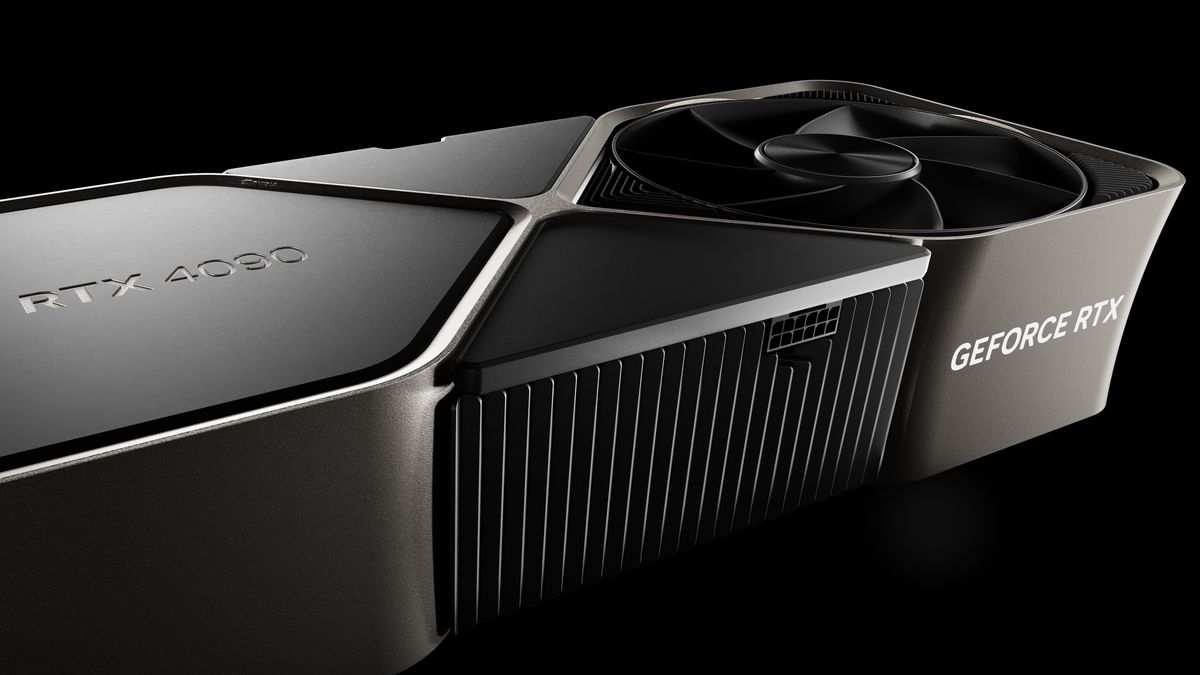Considering the segment that ORIN occupies, which is meant for automotive, the Optical Flow Accelerators in it has to be incredibly precise in that area.

en.m.wikipedia.org
According to nVidia the Optical Flow Acceelrators in the Ada Lovelace architecture are made to be “significantly faster” than their previous version version:
And this is what Tom’s Hardware had to say about this speed up on the OFA:
DLSS 2 on steroids

www.tomshardware.com
Which nVidia also said:
AV1 Encoding comes to Video Codec SDK 12.0 on NVIDIA Ada, while frame rate up conversion (FRUC) doubles video frame rates with interpolation in Optical Flow 4.0.

developer.nvidia.com
Further information on the OFA of ORIN:
And here’s the OFA in the generations:
And with that GitHub thing about how T23x have the same or similar drivers for their OFA, where T234 is meant for automotive and T239 is not, it’s likely that T239 shares the OFA with T234 and due to its use case and the field it is meant for, T239 and T234 have an OFA that is closer in performance to that of the Ada line in offering incredible precision or to be incredibly fast for its usage similar to the Ada OFA.
If nVidia deemed the OFA in regular ampere to not be fast enough but the one in Ada to be fast enough, it’s possible they used that for ORIN to make its use case much quicker for the automotive vehicles. Being slow to make a decision would have its own detriment in the cars with moving objects and detection of moving objects. Imagine the car hit someone? Like a SMALL CHILD??
The OFA in Ampere and Turing seems as though it is more suited for video playback.
Funnily enough, Optical Flow is technically possible on older hardware according to nvidia, but it was only for video and nothing more. However, these were in the NVEC/NVDEC blocks of the silicon (the TX1 has these). And it seems as though if Ampere and Turing used the OFA in other use cases they would actually slow down and lag behind.
So, it is possible that due to it having specialized drivers for the OFA, that Drake and Orin have OFAs closer to that of the Ada generation than the Ampere generation.
Here’s extra information of interest:
And for the record, the Tegra have always had something completely different from how it’s found in the desktop architecture than the architecture they have inside…. because reasons.




